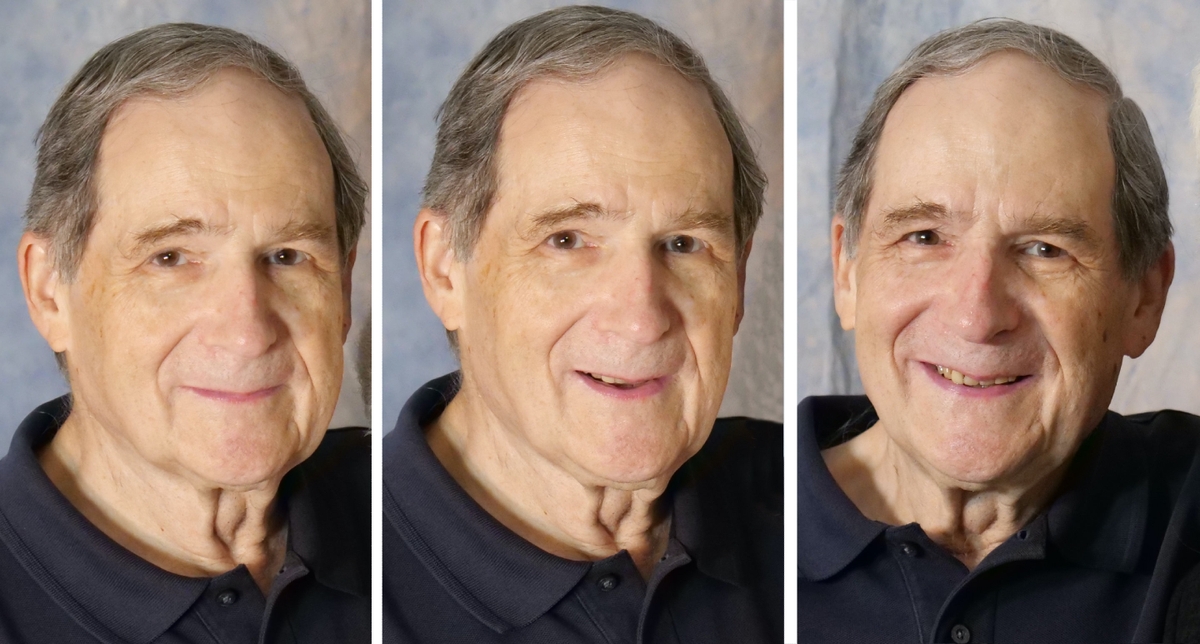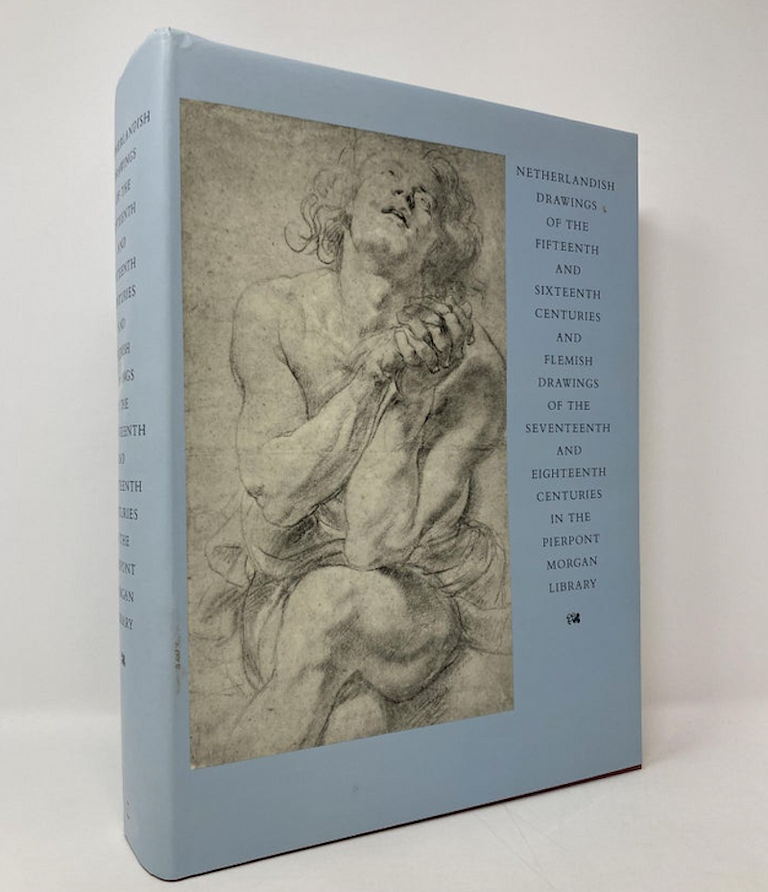
Bruce Oren Photos
Howard Gralla (pictured above; one of his books, below): A rare gift to mix beauty with utility.

Book designer Michael Russem gave the following eulogy at the recent funeral of Howard Gralla, a leader in the field who lived in Westville.
Yesterday morning I was in a used bookstore in Boston and spotted a book designed by Howard that I love: Netherlandish Drawings of the Fifteenth and Sixteenth Centuries and Flemish Drawings of the Seventeenth and Eighteenth Centuries in the Pierpont Morgan Library. It’s 9 × 12 inches, over 650 pages, and it weighs more than seven pounds.
This massive book had scores of Post-it notes poking out the top. The book was clearly well-used. Those Post-its were proof that Howard had done his job.
But what is a book designer’s job? Briefly: We choose a typeface and the size of the type and the space between the letters and the space between the words and the length of the lines and the space between the lines and the size of the margins and we figure out where the pictures go. We choose the paper and specify all the binding elements, too.
That abbreviated list of tasks essentially outlines how it should be done. Most book designers neglect the bulk of that list. They just get the job done quickly and carelessly without regard for the reader. They often fancy themselves as artists.
Howard was not one to ignore the list or the reader. And I’m quite sure he didn’t consider himself to be an artist. He was a craftsman. He considered every part of the book with excruciating care. He carried out his work not as an expression of his own interests, but in the service of something greater than himself.
That, essentially, is the difference between Art and Craft. My mentor — who was one of Howard’s oldest friends — once told me that a good designer does what they should do, not what they want to do. For Howard, those were one and the same.
Although he was focused on the crafts of bookmaking, he mostly worked on books about art. Howard worked for the very finest cultural institutions and the most discerning publishers. His clients included the Morgan Library, the Yale Center for British Art, the Boston Athenaeum, the Beinecke Library, Eakins Press, Graphics Press, and David R. Godine. Howard worked for the very finest cultural institutions and the most discerning publishers. His books were selected for the American Institute of Graphic Arts fifty best books of the year. And there was hardly an annual Best of New England exhibition sponsored by the Bookbuilders of Boston that did not include his work.

Howard knew all the designers I only read about, but he never mentioned them to show off. They were just regular people who happened to do exceptional work and he somehow traveled in their circle. He knew the guy who designed Zapf Dingbats (and also happened to be the greatest calligrapher of the 20th Century). And he knew the guy who designed the typeface that The New York Times is set in. He went to Israel with Berthold Wolpe, the designer of a typeface you’d recognize from the posters for the later Star Wars films — although I somehow doubt Howard could recognize a later Star Wars from an earlier one. But nobody is perfect.
Howard’s work, however, was perfect. His is the work I turn to first whenever I get stuck. I go to my shelves to hunt for examples of how he might have solved a similar problem. If I can’t find the solution in his work, I always feel the answer I find elsewhere will be less than ideal or less trustworthy.
There is no shortage of very fine designers, but inevitably I come across some element in every piece which leaves me wondering Why did they do that? There is so often something that is not quite right or some unnecessary flourish. Why did they do that? But the question I so often ask with Howard’s work is not Why? but How did he do that? How did he take a ridiculously complex 1,000-page manuscript, with hundreds of pictures, and create something neat and orderly and useful — and beautiful. In Howard’s work there is nothing to add and there is nothing to take away.
Everything is just right.
It is not so difficult to make a useful book. And it is not so hard to make a beautiful book. The real trick is to do both at once. That’s what Howard did so well. Every single time.
Howard I. Gralla died peacefully at home on Feb. 8 at the age of 77. His funeral took place Feb. 9 at Congregation Beth El Keser Israel. Click here to read his obituary; Gralla asked that donations in his memory be made to the BEKI Sanctuary Redesign Fund at https://www.beki.org/about/make-a-donation/.




Thank you for publishing this wonderful memory of this special man!